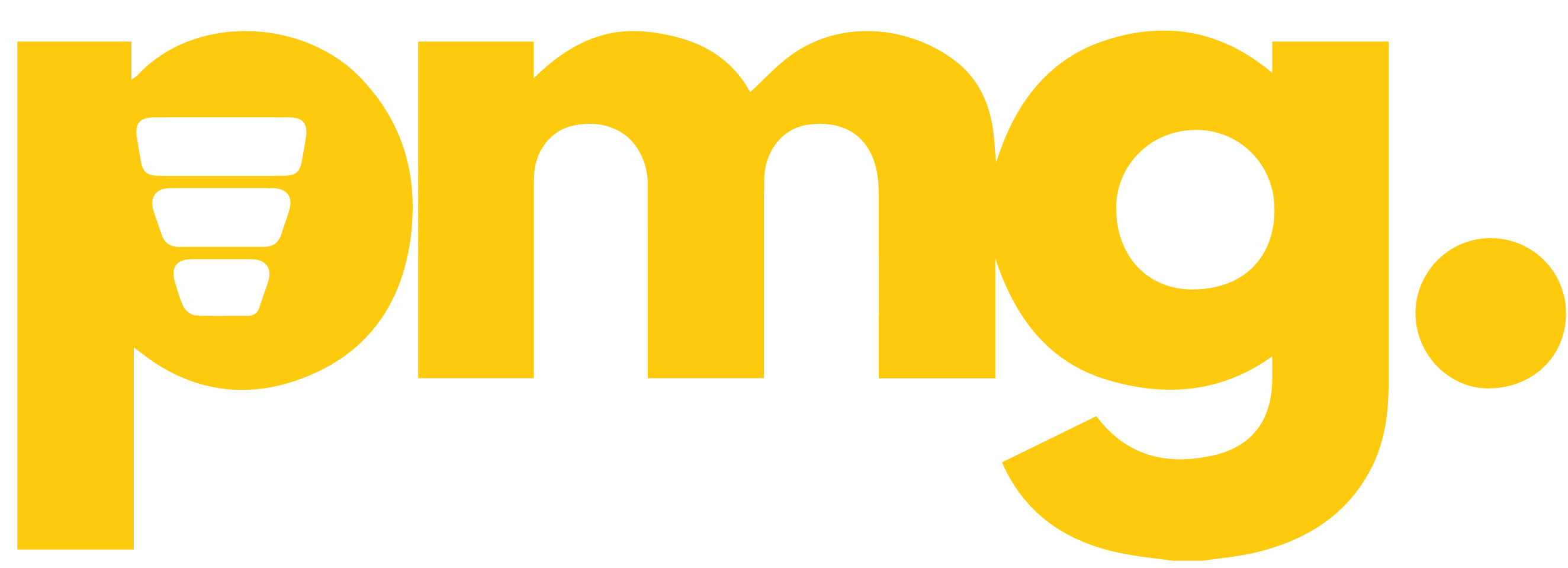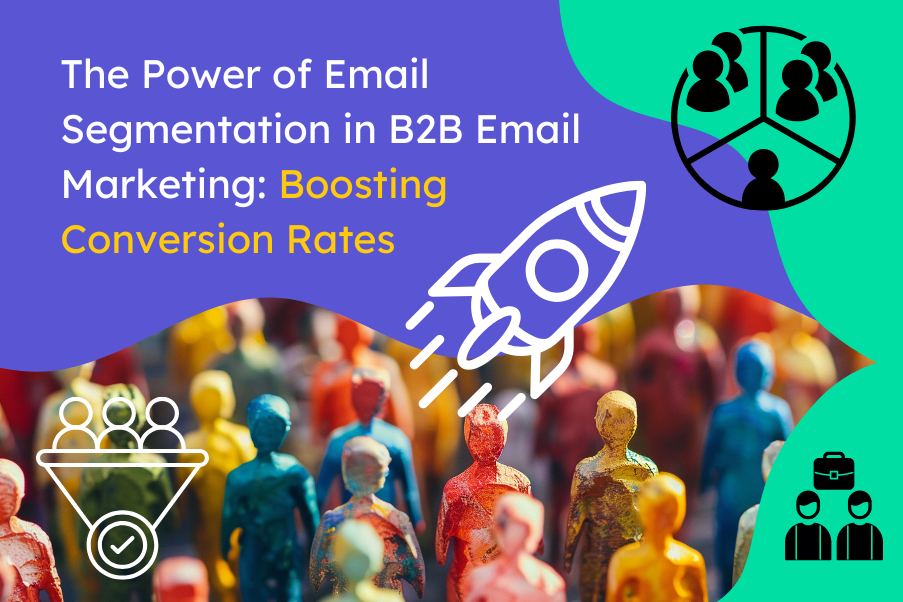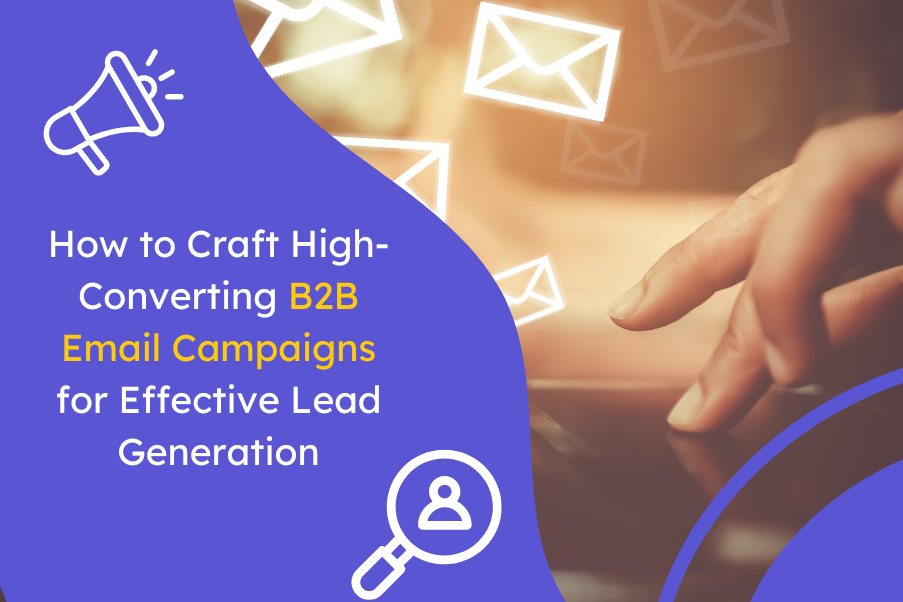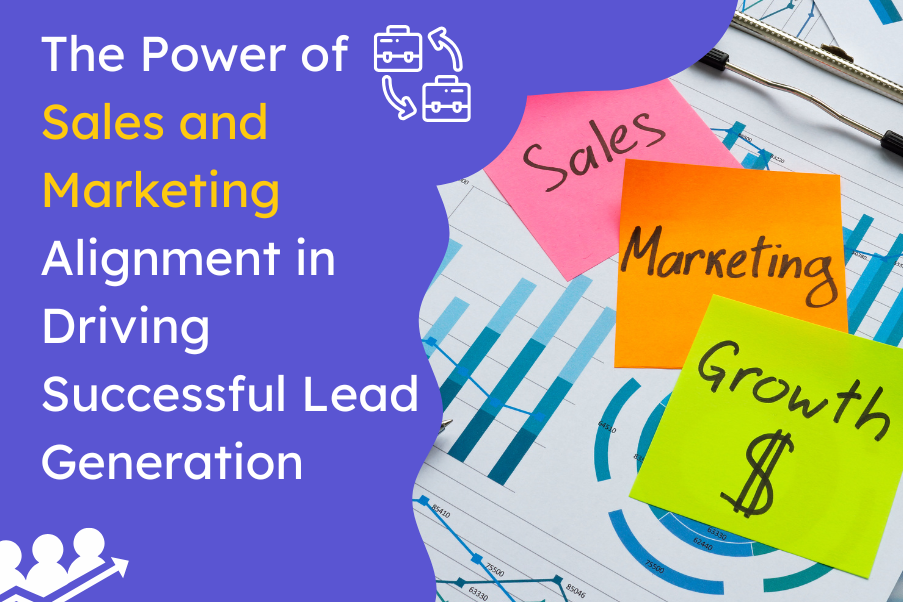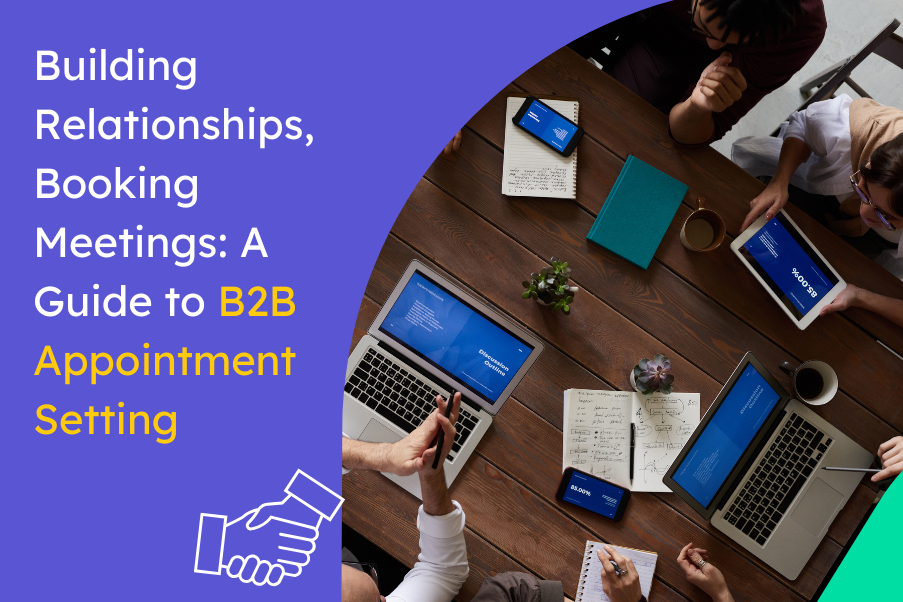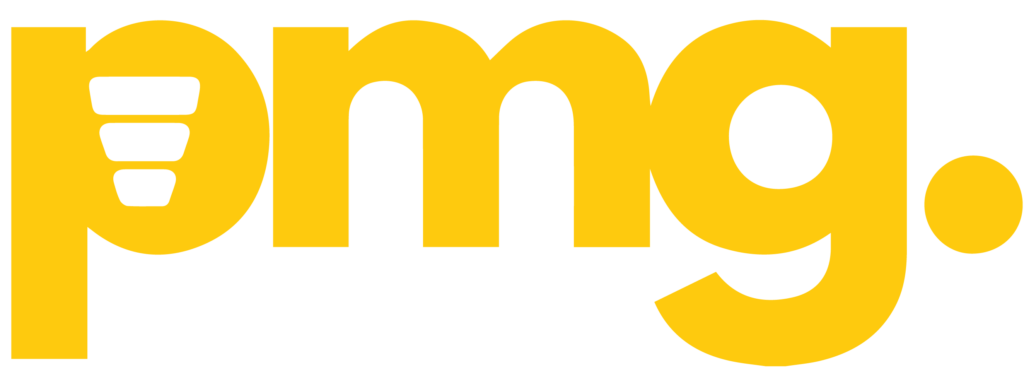The Power of Email Segmentation in B2B Email Marketing: Boosting Conversion Rates
B2B Email Marketing is known as a lead generation and business relationship channel, especially in today’s technology business environment. From a variety of strategies, email segmentation is attracting more eyeballs, as it helps in personalization and, thereby, converts Rate upgrades. Users are making sure that there is large engagement, optimized metrics, and an increase in ROI, with the new release of this strategy.
In this blog, we will show the ins and outs of email marketing segmentation and some actionable tips on how this can revolutionize the B2B email marketing strategy.
What is Email Segmentation?
Email segmentation is a practice that cuts down an email list into smaller groups based on particular criteria like industry, buyer persona, or engagement history. The chief aim remains passing personalized messages to every segment, thereby increasing their relevance and possibly sales.
In B2B email marketing, the segmentation often sees slicing with firmographics or behaviors or sales funnel stage, making campaigns address directly the pain points, goals, etc of the customer.
Benefits of Email Segmentation for B2B Email Marketing
1. Higher Email Conversion Rates
Email campaign segmentation can boost conversion rates. Studies shared by Mailchimp show that better segmentation of campaigns can improve opening rates by 14.31% and clicking-through rates by a good 101%. By providing the right people at the right time with more relevant content, you can significantly increase the chance of turning leads into customers.
2. Enhanced Engagement
Segmentation is the method utilized to confirm the documented segmentation is tailored to a fitting audience. Tailored mass mail in the inbox that solves challenges and caters to the interests of the recipient is read, while non-tailored emails are deleted. Personalizing the message through the subject and personalized content made some openings during the study rise by 50% in most cases, according to the B2B email marketing benchmarks.
3. Improved ROI
A good segmentation results in a targeted campaign, implying a more efficient expenditure of resources in marketing. Segmented email campaigns are likely to lead to an increase in revenue by 760%, compared to non-segmented ones, the ROI Delivery demonstrates the importance of segmentation.
4. Optimized Resource Allocation
Segmentation is crucial for directing your marketing resources toward the most significant segments, minimizing wasted efforts, and enabling you to focus on the most promising prospects. This approach is especially beneficial when using B2B email marketing services. By implementing B2B email marketing tips, you can enhance your segmentation strategy, making sure your campaigns are both targeted and effective.
Key Strategies for Email Segmentation in B2B Email Marketing
1. Demographic Segmentation:
In B2B, demographic factors such as company size, industry, and geographical location matter. With such segmentation, one can ensure that the message gets sent with terms and data that relate to the business setting, hence creating a greater chance for the message to be taken up.
2. Behavioral Segmentation:
Behavior segmentation includes email opens, visiting websites, downloading content, interaction with previous campaigns, and the most current behavior. In this way, you will be able to deliver a different message to absolutely engaged and interested recipients from a far lower engaged level, which then improves cold email conversion rate and overall campaign performance.
3. Sales Funnel Segmentation:
Segment on targeting based on where the prospects are in the sales funnel. They are in different needs that will be given in forms of content – through awareness, consideration, or a decision stage. In this way, the leads are nurtured well while processing the conversion faster.
4. Account-Based Marketing (ABM):
ABM can be really useful for high-potential customers and key accounts to deliver highly personalized campaigns to fulfill each client organization’s unique requirements and concerns. This technique, being highly focused, can improve considerably the strategies of B2B email marketing by focusing on quality, not quantity.
How to Segment Email Lists Effectively
Success in segmentation that what is segmentation in email marketing can bring about is quite helpful. The next section will show you how to get one step closer to the successful segmentation of your emails.
- Gather and Analyze the Data: You use whatever CRM and email marketing tool you have for collecting some valuable information about your contacts, demographics behavior, and engagement history.
- Define Your Segmentation: Using criteria like industry, role, or engagement level, it is essential to segment the contacts into different groups.
- Personalize Campaigns: Tailor your emails to suit the requirements or interests of segments. The more personalized your content and offerings, the more likely to engage the audience with your email.
- Test and Optimize: Test segmented campaigns regularly and optimize them with A/B testing to determine the best way to achieve and refine your segmentation.
Email list segmentation best practices
To enhance your email segmentation list, review the latest data on segmentation and adjust it to follow best practices for B2B email marketing.
- Maintain Clean Data: Regularly update your lists to ensure the information remains accurate and current. Poor data quality can greatly impede your segmentation efforts.
- A/B Testing: Consistent testing helps determine which segmentation strategies work best. This ongoing process fine-tunes email segmentation best practices, ensuring your campaigns are always optimized.
- Compliance with Data Regulations: Always conduct email segmentation in line with data privacy laws like GDPR to protect customer trust and avoid potential legal complications.
- Use Automation: Utilize automated email platforms that allow for segmentation based on engagement profiles, simplifying processes and aligning each outcome with email segmentation best practices for B2B marketing.
By implementing these best practices for B2B email marketing, your campaigns will be more targeted and effective, leading to increased engagement and conversion rates.
Email list segmentation is a crucial tactic in B2B email marketing. By focusing on personalization and providing relevant content to specific segments, you can greatly enhance your email conversion rates. This method boosts engagement, resulting in improved interactions and a higher return on investment.
To make the most of your B2B email campaigns, consider collaborating with a B2B email marketing agency or using advanced segmentation tools to ensure your campaigns are effective and deliver optimal results. Begin implementing successful B2B email marketing strategies to increase conversions and improve your overall marketing performance. For even greater success, think about partnering with a B2B email marketing services provider in the USA or utilizing sophisticated segmentation tools. By following best practices in email campaign segmentation and list segmentation, your business will be well-equipped to thrive in the competitive B2B environment. The essential factor is to grasp what defines a strong email conversion rate, track performance using B2B email marketing benchmarks, and continually refine your campaigns based on B2B email marketing statistics.
Partner with PMGB2B for tailored email marketing strategies that drive results. Let us help you optimize campaigns and reach the right audience. Contact us today to get started!
FAQ
1. What is the average email conversion rate?
The average email conversion rate usually falls between 1% and 5%, influenced by factors such as the industry, target audience, and the quality of the campaign. However, campaigns that are well-optimized and utilize personalized, segmented emails can achieve even higher rates.
2. How to calculate the email conversion rate?
To calculate the email conversion rate, divide the number of conversions by the number of emails delivered, then multiply the result by 100 to express it as a percentage.
For example, if you delivered 1,000 emails and 50 recipients completed the desired action (such as making a purchase), you would divide 50 by 1,000 to get 0.05. Multiply this by 100, and your email conversion rate would be 5%.
3. What is email segmentation?
Email segmentation involves breaking down your email subscribers into smaller groups based on shared traits such as demographics, behaviors, interests, or buying habits. This strategy enables you to craft targeted campaigns that are more relevant to each group.
4. How do you segment email lists?
You can segment email lists using various criteria, including:
- Demographics: Age, gender, location, etc.
- Behavior: Previous purchases, website interactions, or email engagement.
- Preferences: Interests reported by subscribers or topics they’ve opted into.
- Lifecycle Stage: New subscribers, active customers, or those who have lapsed.
- Engagement Level: Users who are highly engaged versus those who are inactive.
5. What is segmentation in email marketing?
Segmentation in email marketing means customizing your email campaigns for specific groups within your audience by categorizing them into distinct segments. This method enhances personalization, increases engagement, and improves conversion rates by providing content that resonates with each group.
6. What is a good email conversion rate?
A good email conversion rate usually falls between 2% and 5%, depending on the industry and the type of campaign. E-commerce tends to achieve higher rates, whereas B2B might experience slightly lower ones. The key to success lies in effective targeting, personalization, and aligning with your specific goals.
